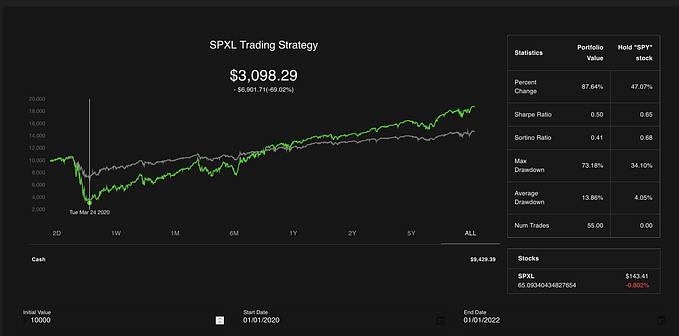What is the Ethereum Virtual Machine (EVM)?

The Ethereum Virtual Machine (EVM) plays a crucial role in the Ethereum ecosystem, enabling developers to craft and execute smart contracts and decentralized applications (dApps) using the “Solidity” programming language.
In contrast, Bitcoin utilizes distributed ledger technology to manage transaction records, while Ethereum is designed for decentralized transactions and serves as a platform for running smart contracts and dApps through distributed state machine technology with predefined rules. Some examples of dApps on Ethereum include Uniswap, a decentralized exchange, and OpenSea, an NFT marketplace.
To grasp the concept of an EVM and Ethereum as a whole, we must have a grasp of blockchain technology principles like proof of work, hash functions, and be familiar with bytes and stacks. In this article, we will delve into the significance of the EVM, its functioning, and its pivotal role in shaping the advancement of Web 3.0.
What is the role of an EVM?
The primary function of an EVM is to determine the status of all blocks within the Ethereum Blockchain. In addition to maintaining a comprehensive record of transactions and accounts, it introduces a secondary layer that facilitates the creation of smart contracts, which are described as a “distributed state machine.” Essentially, the EVM keeps track of all accounts and their balances while executing machine code and modifying each blockchain block according to specific rules. It essentially defines the machine’s state.
The fundamental purpose of an EVM is to shift the internet from being controlled by a handful of authoritative companies that unevenly distribute value to an internet that redistributes value for enhanced accessibility and security through a decentralized global computer like Ethereum. Whether it’s DeFi applications, NFT marketplaces like OpenSea, cryptocurrency games, or metaverse platforms, developers utilize the EVM to build the aforementioned dApps on the Ethereum Network using the Solidity programming language.
How does the EVM function?
To comprehend the operation of an EVM, it’s essential to understand the workings of a virtual machine. Virtual machines are constructed atop operating systems like Windows or iOS and mimic the functionality of physical computing devices. They are adaptable to various operating systems and hardware, effectively serving as the engine for a decentralized ecosystem. This virtual machine enables participants across the network, regardless of their geographical location, to harness computing power and resources for developing dApps and executing smart contracts in a decentralized fashion. The EVM is accessible globally via an Ethereum Node on the network, and contributing computing power is encouraged and governed fairly.
Within the network, nodes must reach a consensus to execute instructions, endowing the EVM with Turing completeness, allowing it to perform computational tasks with a defined logic. To execute the instructions of a smart contract, the EVM assigns a cost, quantified in Gas units, which are paid using the cryptocurrency ETH. This mechanism establishes a decentralized economy, overseen by the world’s virtual computer, enabling the development of Web 3.0 — the internet of value.
What Are EVM-Compatible Blockchains?
In 2021, the Ethereum network experienced a surge in gas prices, rendering dApps unaffordable for users. This occurred due to Ethereum’s existing configuration, with a transaction throughput of around 15 transactions per second. High demand led to network congestion, necessitating users to pay a substantial amount of ETH as Gas fees for their transactions to be processed.
To address this issue, developers introduced alternative blockchains like BNB Smart Chain and Avalanche, along with solutions to enhance Ethereum’s scalability through layering (Layer 2), such as Polygon. These solutions alleviate congestion on the Ethereum network while still utilizing it as the settlement layer. To simplify the transition of dApps to these other blockchains, they offer EVM compatibility, essentially replicating an EVM code environment. This allows developers to avoid building smart contracts or dApps from scratch and enables them to execute these applications immediately.
Concluding thoughts
In summary, the Ethereum Virtual Machine (EVM) plays a pivotal role in the Ethereum ecosystem, enabling the creation of smart contracts and decentralized applications. Ethereum’s focus on decentralization and smart contract execution has driven the development of a new internet paradigm, Web 3.0.
The EVM’s operation as a virtual machine allows participants from around the world to harness computing power and resources, emphasizing the decentralization of the internet and the redistribution of value. This decentralized approach has led to the emergence of alternative blockchains and scalability solutions, which maintain EVM compatibility. These solutions aim to alleviate network congestion and high gas fees while retaining Ethereum as a settlement layer.
In essence, the EVM and EVM-compatible blockchains are instrumental in advancing the decentralized future of the internet, providing opportunities for developers to create innovative applications and smart contracts while ensuring broader access and security in the emerging Web 3.0 landscape.









